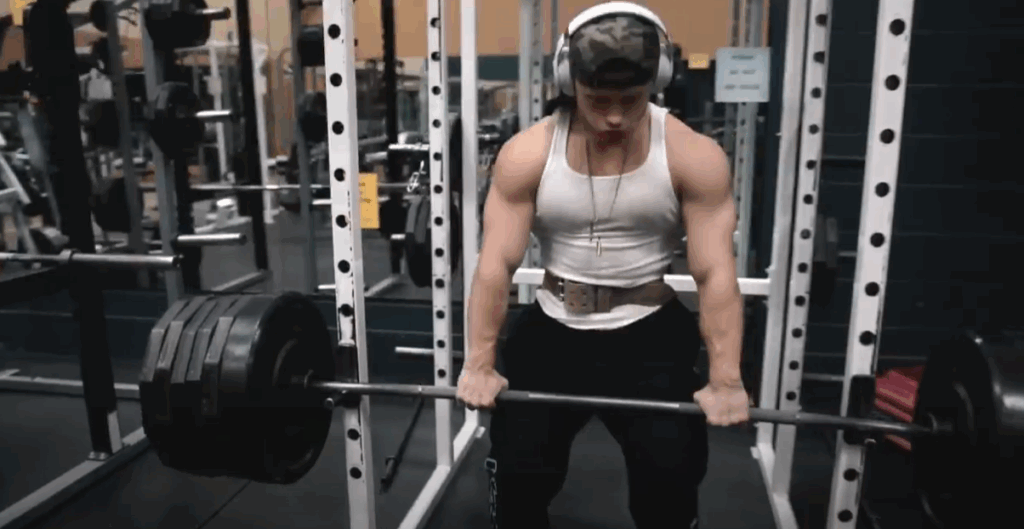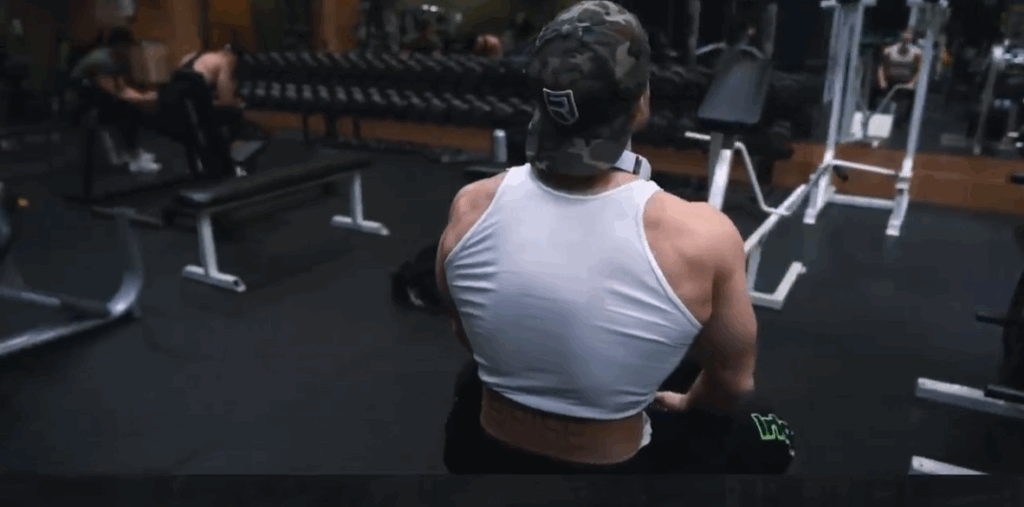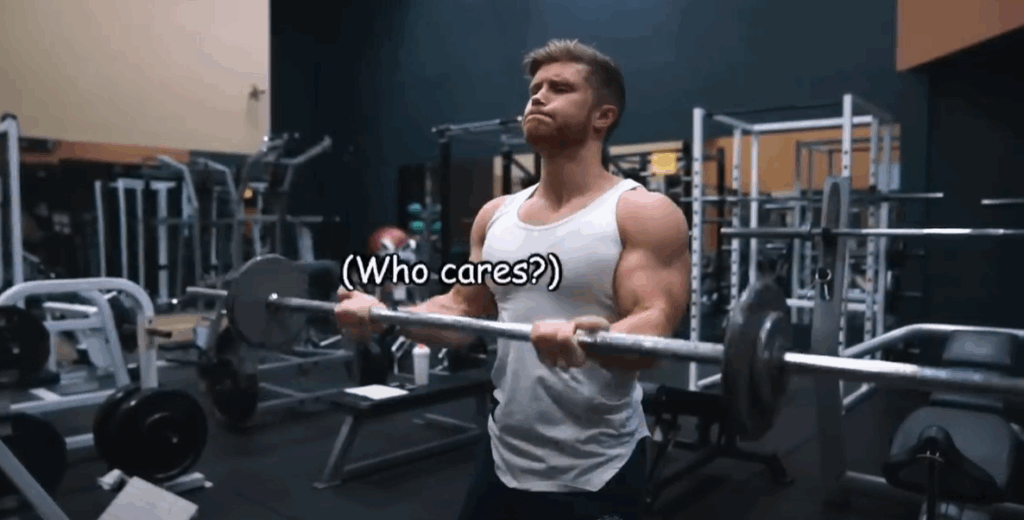When it comes to building muscle and strength, proper training technique is far more than just “lifting weights.” Many lifters focus exclusively on how much weight they can push, often sacrificing form and efficiency in the process. But true long-term progress requires a structured approach that balances load, control, and movement quality. In this article, we’ll break down the three essential pillars of proper lifting technique that every serious lifter should follow to maximize hypertrophy, improve strength, and avoid injury.
Pillar 1: Prioritize Smart Load Progression, Not Just Heavier Weight
One of the biggest mistakes lifters make is equating progress solely with adding more plates to the bar. While progressive overload is crucial for muscle growth, the way you increase resistance matters just as much as the weight itself.

Why Load Progression Matters
Muscles grow when they are exposed to progressively higher tension over time. This can be achieved through:
- Adding weight (traditional progressive overload)
- Increasing reps or sets
- Improving technique and range of motion
- Slowing down the tempo to increase time under tension
Simply piling on more weight while letting your form deteriorate shifts the stress away from the target muscle and increases injury risk. A lifter who adds 5 pounds to their bench press every month with strict form will build more muscle over time than someone who “cheats” their way to a sloppy PR.
The Ideal Loading Approach
- Choose a weight you can control through the full range of motion for 6–12 reps if your goal is hypertrophy.
- Progress gradually—increase the load only when you can perform all target reps with excellent form.
- Avoid ego lifting—your goal is to stimulate muscle growth, not just move the bar from point A to point B.
Remember, Ronnie Coleman’s famous “Ain’t nothin’ but a peanut” quote might sound motivating, but even elite bodybuilders train with strict form to prevent injury and maximize muscle recruitment.
Pillar 2: Train Both the Concentric and Eccentric Phases
The second pillar of proper lifting technique involves understanding and controlling both phases of a lift:
- Concentric phase: the lifting or shortening phase (e.g., pushing the bar up in a bench press).
- Eccentric phase: the lowering or lengthening phase (e.g., bringing the bar back down under control).
Why the Eccentric Phase Matters for Growth
Many lifters focus only on the “up” portion of the movement, letting gravity drop the weight during the lowering phase. This is a critical mistake because eccentric contractions are actually more effective for muscle growth than concentric contractions due to the higher mechanical tension they generate.
Studies consistently show that controlled eccentrics:
- Increase muscle damage in a positive way, stimulating repair and hypertrophy.
- Build tendon strength and joint stability, reducing injury risk.
- Allow for better mind-muscle connection, ensuring the target muscle is doing the work.
Best Practices for Eccentric Training
- Lower the weight slowly—aim for 2–4 seconds on the eccentric portion.
- Maintain control at all times—never let the weight “drop.”
- Use spotters wisely—spotters should assist only when necessary, not lift half the weight for you.
A great example is the bench press. Instead of bouncing the bar off your chest, bring it down under control, feeling your chest muscles stretch before powering it back up.

Pillar 3: Use a Full Range of Motion for Maximum Muscle Recruitment
The third key to effective lifting technique is maximizing your range of motion (ROM). Shortening your ROM—like doing half-reps or partial squats—might allow you to lift more weight, but it significantly limits muscle activation.
Benefits of Full Range of Motion
- Greater muscle activation—stretching a muscle under load recruits more fibers.
- Improved flexibility and joint health—working through the full ROM strengthens connective tissue at every joint angle.
- Better hypertrophy response—research shows that longer muscle lengths under tension lead to greater muscle growth compared to partial reps.
Examples of Full ROM in Action
- Squats: Go to at least parallel or slightly below if mobility allows. Partial squats primarily work the quads, whereas full squats engage glutes and hamstrings for balanced leg development.
- Bench Press: Lower the bar all the way to your chest (unless shoulder mobility is restricted) for a full pec stretch.
- Bicep Curls: Fully extend your elbows at the bottom, then curl to peak contraction without swinging your arms.
The only time partial reps are useful is as an advanced technique, such as overload training for experienced lifters, not as a substitute for proper form.
Bonus Tip: Train With Focus and Intention
While the three pillars above are the foundation of proper lifting technique, mental focus and preparation are equally important. Too many lifters rush through sets without truly engaging the target muscle. Before each set, take a moment to:
- Visualize the movement and which muscles you are targeting.
- Control your breathing to stabilize your core.
- Eliminate distractions—don’t scroll your phone between sets.
Getting into the right mindset can dramatically improve your performance and consistency over time.

Common Mistakes to Avoid
Even with the right principles, many lifters still fall into bad habits that stall progress:
- Ego lifting: Choosing weight you can’t control.
- Cheating with momentum: Swinging or jerking the weight instead of isolating the target muscle.
- Neglecting warm-ups: Going straight to heavy sets increases injury risk.
- Skipping mobility work: Poor flexibility limits ROM and leads to compensation patterns.
- Ignoring recovery: Proper technique is useless if you’re not allowing muscles to recover and grow.
Putting It All Together
Proper technique isn’t about looking perfect in the mirror—it’s about moving weight in the most effective way to stimulate muscle growth safely and consistently. To recap:
- Progress load gradually while keeping strict form.
- Control both concentric and eccentric phases for maximum muscle stimulation.
- Use a full range of motion to recruit the greatest number of muscle fibers.
By mastering these three pillars, you’ll build a foundation for long-term muscle growth, reduce the risk of injury, and make every rep count. Whether you’re a beginner or an experienced bodybuilder, these principles will always apply.



